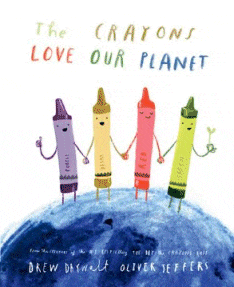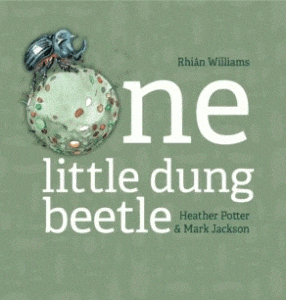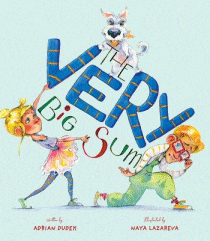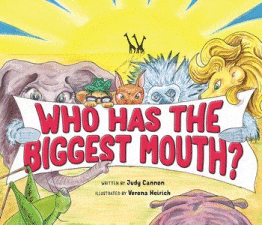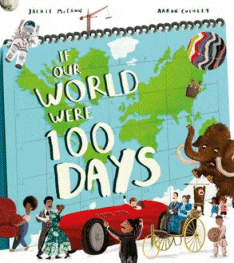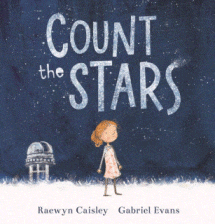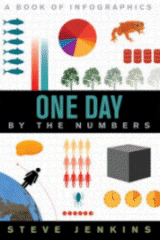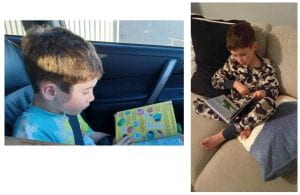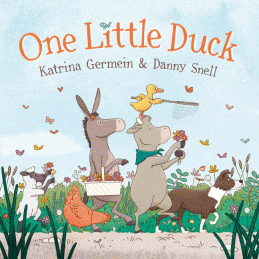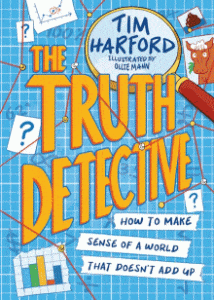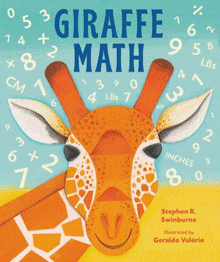
Giraffe Math
Giraffe Math
Stephen R. Swinburne
Geraldo Valério
Little, Brown Young Readers US, 2023
40pp., hbk., RRP $A29.99
9780316346771
Twiga the giraffe introduces young readers to fascinating facts about giraffes and their relationship to other creatures-all by using math concepts such as measurements, graphs, shapes, word problems, and more.
This interactive picture book explores these spectacular animals through a STEM lens as everything from their speed and size to their intricate camouflage patterns (which act as internal air conditioning) and other body characteristics are featured. It’s an in-depth look at the animal kingdom’s most beloved gentle giants.
Animals have cycles of popularity and where, not so long ago, it was all about dolphins and elephants, now giraffes are enjoying the limelight. So those in their fan club are not going to be too bothered by all the facts and figures in this book being in imperial measurements, because there is so much more information embedded in the text. That said, for the young Australian reader, a lot of it will seem to be in a foreign language as they grapple with terms like feet and inches, ounces and pounds, and although there is a conversion chart provided, nevertheless such things can be hard to visualise for the inexperienced, even with the many illustrations offered as comparisons )although they are not necessarily done to scale.). For older readers, it can be an opportunity to learn about different systems of measurements, both current and past, as well as doing the calculations involved in converting imperial to metric, although an online measurement converter does it online in a flash.
Despite the shortcomings on the mathematics side, this is still a worthwhile book for those with a fascination for the species and who are keen to learn more about these creatures with their strange ossicones (different between male and female) and their pizza-sized hooves.
